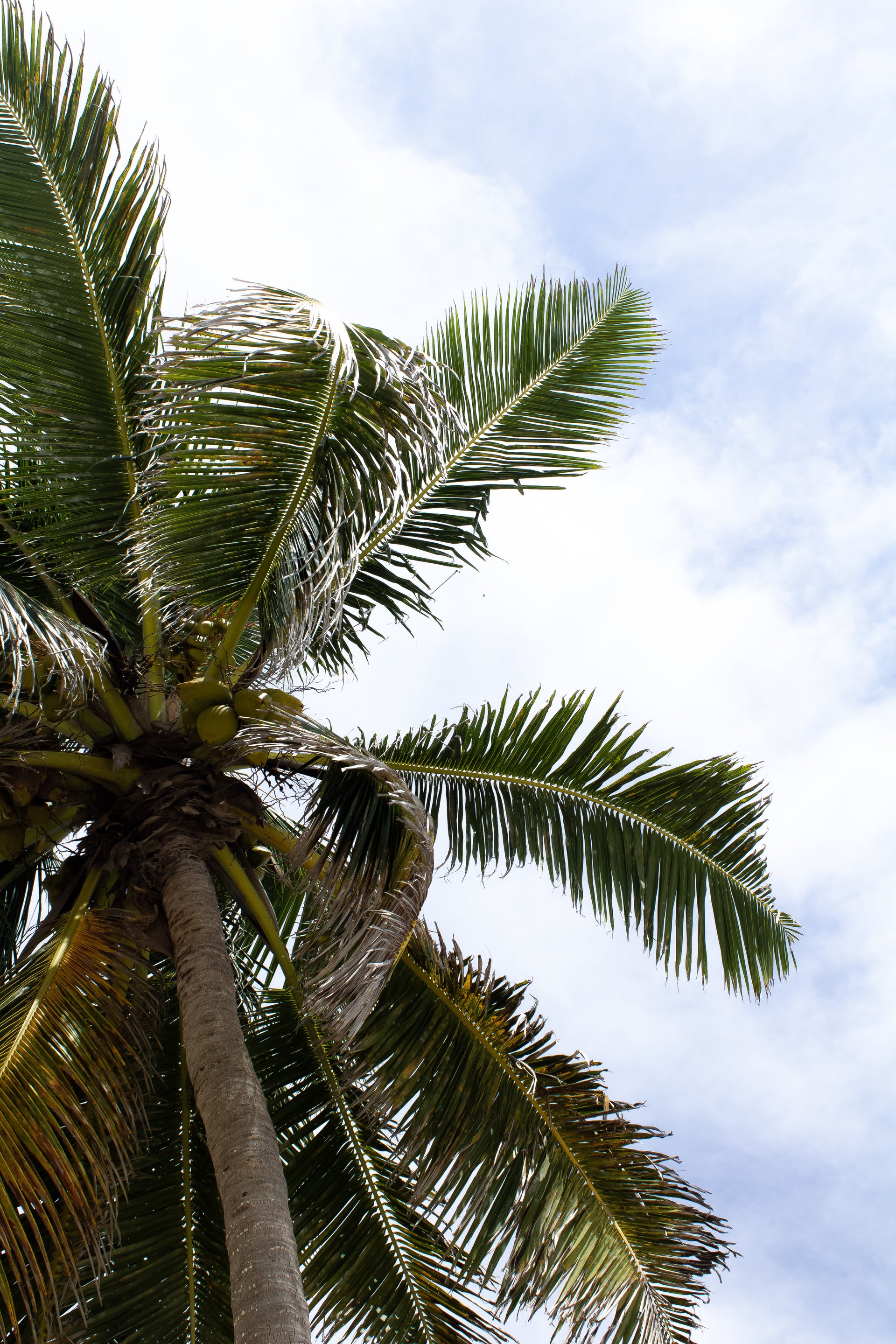Why the Right Shade Sail Material Matters
Choosing the right sun shade fabric can be a game-changer for your outdoor space. The best material for sun shade sails will not only protect you from harmful UV rays but also help reduce ambient temperatures and elevate your outdoor design. Whether you’re looking for the best fabric for sun protection or something stylish and breathable, this article breaks down the key aspects to consider when selecting the best fabric for outdoor sun shade—and answers common questions about this crucial element of every quality shade sail setup.
Sun Shade Fabric: What to Look For
The sun shade fabric you choose should offer strong UV protection. The best fabric for sun protection blocks up to 95% of harmful rays—HDPE fabrics like monofilament or tape-knitted are ideal.
Climate matters too. In wet areas, go for water-resistant materials. In hot, dry regions, pick the best material for shade sail with excellent UV resistance. Sunbrella fabric is a durable choice—it resists water, UV, and mildew, making it one of the best materials for sun shade in varied weather.
High wind resistance and strong tension strength are other key properties to look for in sun shade fabric. These ensure the longevity of your shade sails. Shadecloth made from commercial 95 fabric, with a 10-year UV degradation warranty, is an excellent choice in this context, providing superior strength and durability.
Practical Considerations When Choosing Sun Shade Fabric
Fabric Color and Performance
The color of your sun shade fabric affects how it handles heat and light. Darker shades tend to absorb more heat and offer slightly higher UV protection, while lighter colors reflect sunlight and help keep shaded areas cooler. However, the difference in heat absorption is generally minimal and should not be the primary factor in your decision.
Cleaning and Maintenance
Most sun shade fabrics are designed to be low-maintenance. Regular cleaning with mild soap and water is usually sufficient. After cleaning, ensure the fabric is fully air-dried to avoid mildew and maintain its longevity.
Waterproof Options
If you live in an area that sees frequent rainfall, investing in waterproof sun shade fabric may be worthwhile. These fabrics are specially designed to prevent water penetration. However, waterproof sails require more precise design and installation—consulting with a shade sail expert is recommended to ensure proper tension and drainage.
Sun Shade fabric - FAQs
What type of fabric is best for sun shade sails?
The type of fabric used in sun shade sails can significantly impact their efficiency and longevity. Although there are various types of fabrics available in the market, some fabrics stand out for their superior protective properties and durability.
- High-Density Polyethylene (HDPE): HDPE fabrics are commonly used in high-quality shade sails because they are breathable, lightweight, and have significant UV radiation blocking properties. They are also resistant to mold, mildew, and staining which allows for easy maintenance.
- Polyvinyl Chloride (PVC): PVC is a heavier material that is entirely waterproof, making it an ideal choice for sails in areas where rain is a significant concern.
How does different sun shade fabric affect the efficiency of a shade sail?
Sun shade fabric types can significantly affect the shade sail's ability to block UV radiation, resist environmental elements, and maintain longevity. Here's how different fabrics might affect a shade sail's efficiency:
- HDPE: This fabric allows air circulation, reducing the under-sail temperatures while still offering very high UV protection.
- PVC: PVC offers excellent UV protection and waterproofing qualities, but doesn't allow for airflow, potentially trapping heat. PVC Sails are also significantly more expensive and the material is much heavier.
What factors should I consider when choosing a sun shade fabric for my sail?
The following factors are essential when selecting sun shade fabric:
- UV Protection: The fabric should have significant UV radiation blocking capability to protect from harmful sun rays.
- Material: Consider the physical properties of the material: durability, mildew resistance, tear strength, water resistance, and maintenance requirements.
- Colour: Consider a color that complements your space aesthetically and functionally.
How to Choose the Best Fabric for Your Shade Sails
When selecting the best material for sun shade sails, keep these key points in mind:
-
Identify Your Priorities: For maximum UV protection, go with durable fabrics like PVC. For recreational areas needing airflow (e.g., patios or pools), breathable HDPE is ideal.
-
Factor in Local Weather: In rainy climates, waterproof materials such as PVC are beneficial. In drier, sunnier areas, HDPE offers excellent UV resistance and breathability.
-
Pick a Functional Color: While color affects heat absorption slightly, UV protection remains consistent across most HDPE shades. Choose what fits your style.
-
Consider Durability and Maintenance: Look for fabrics that are weather-resistant and easy to clean. HDPE offers long life and low upkeep, while materials like Sunbrella may need more frequent replacement.
Remember, the right sun shade fabric is vital in ensuring the efficiency, durability, and aesthetic appeal of your shade sails.






